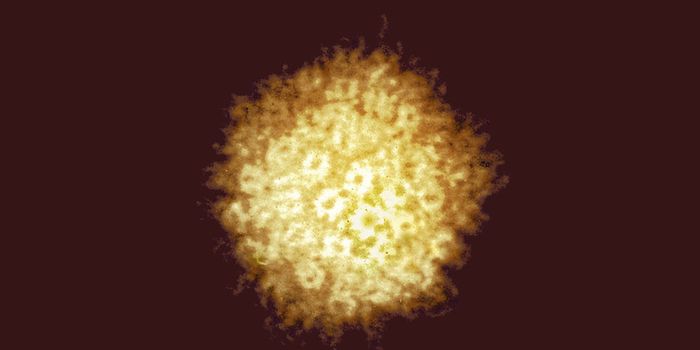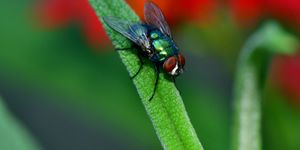Novel Coronavirus Has Now Infected At Least 34,500 People
In China, authorities are still struggling to contain the new coronavirus that emerged in the city of Wuhan and has since spread around the globe. The Guardian reported that officials are starting to check the temperatures of residents of every household and some people are being forcibly quarantined; according to the New York Times, vice-premier Sun Chunlan is in charge of the national response to the outbreak and she acknowledged the "wartime conditions" and added that “there must be no deserters, or they will be nailed to the pillar of historical shame forever.”
So far, around 34,500 people worldwide have been infected by the coronavirus, called 2019-nCoV. The virus has killed 724 people, with all but two deaths occurring in China.
The coronavirus family includes other dangerous viruses including the ones that cause SARS and MERS. These viruses are zoonotic, meaning they can jump to new species. Like other coronaviruses, 2019-nCoV is thought to have originated in bats, but it is highly likely that the virus made an intermediate stop in another animal before it made its way to humans.
Recent work from Chinese researchers has suggested that an endangered animal called a pangolin might have been that intermediate reservoir. Pangolins are scaly with long snouts, and though they are protected under an international agreement, they are trafficked in huge numbers; it's difficult to obtain accurate numbers for poaching, but over a hundred thousand pangolins might be illegally caught and sold every year. Their scales and blood are thought to provide health benefits, and their meat is consumed as a delicacy. They also carry coronaviruses.
The new research is yet to be published, so we can't yet say for sure, but pangolin meat consumption might be where this virus started to infect people. Scientists Shen Yongyi and Xiao Lihua compared pangolin coronaviruses to 2019-nCoV, and announced at a press conference that the genetic sequences are 99 percent similar.

“This is an extremely interesting observation. Although we need to see more details, it does make sense as there are now some other data emerging that pangolins carry viruses that are closely related to 2019-nCoV,” Edward Holmes, an evolutionary virologist at the University of Sydney told Nature.
When a person is infected with the virus, it may cause respiratory problems including shortness of breath, coughing, fever, and breathing difficulties. It can lead to pneumonia, kidney failure, severe acute respiratory syndrome, or death. The death rate has varied; in Wuhan, it's been estimated to be as high as 4.1 percent, while the national rate in China is two percent. Sadly, the doctor that originally began to alert people about this virus, Li Wenliang, was infected by the pathogen and succumbed to his illness.
Containment efforts continue; there are two quarantined cruise ships and many countries including the United States have opted to quarantine travelers that have returned from Wuhan.
It's worth remembering that right now, the flu is more of a threat to most communities than this new virus. In an interview with Andy Serwer of Yahoo! Finance, the Director of the National Institutes of Health, Dr. Francis Collins, urged calm.
“At the present time, there is no reason for considerable anxiety in America, because we still have less than a dozen cases in our country,” Collins said. “The concern, of course, is in China, where this is spreading very rapidly. It is impossible to say, however, exactly what the next few weeks will hold for America. We are doing rather extreme measures to try to isolate individuals who are coming from China and make sure that those who are already identified as infected are not infecting others. [It’s] really, really important over the next three or four weeks to see whether that holds up or not.”








